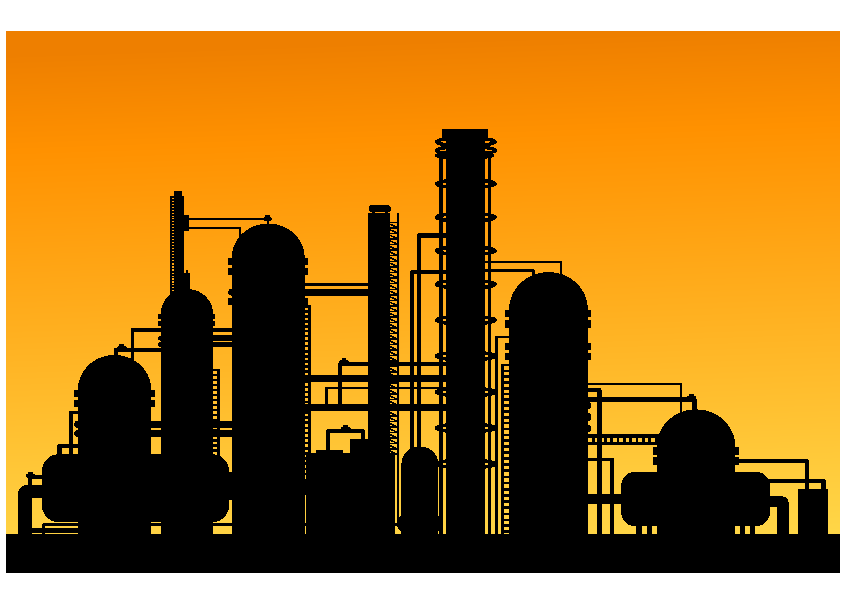LNG market staggers under demand destruction
It is a perfect storm. Liquefied natural gas prices have plummeted on a combination of demand destruction caused by the coronavirus pandemic, and fast-growing supply as a wave of new export facilities add to global capacity.
The extent of the price plunge was brought home to the market in April when trader Vitol sold a cargo of LNG to Gunvor at $2.05/mmbtu for early-June delivery to northern Asia.
It is one of the lowest prices seen ever for spot cargo delivery in the region. For context, in January the price was more than $5/mmbtu. Gas for delivery at the Henry Hub pipeline in the US has been trading for under $2/mmbtu. Asia prices reflect global price trends, particularly the delivered cost for US cargoes.
For a number of months, global gas prices have been in decline as more and more liquefaction capacity has come on line, particularly in the US. In 2017 the United States became a net natural gas exporter for the first time, and while it’s a long way from challenging Qatar and Australia as the leading shippers of the fuel, American natural gas looks set to remain a feature of the global market.
Meanwhile, the onset of the pandemic has hit natural gas demand hard. US natural gas inventories have grown by vast increments in recent weeks with massive increases in injection over the year previous. According to the EIA, for the week ending May 15, 2020, the increase was 81 Bcf from the previous week. Stocks were 779 Bcf higher the year previous and 407 Bcf above the five-year average of 2,096 Bcf. Percentage wise, the change was +45.2% on average across the 5 major US regions.
Across the Sea in Europe, EIA again reports that inventories as of March, 1, 2020, were 60% full, the highest ever recorded level for the start of March. The current high inventory levels due are due to a combination of a mild winter that dampened consumption, and high deliveries in 2019.
Buyers in Europe and Asia have been delaying deliveries and in many cases trying to cancel cargoes. Spain’s Endesa has cancelled two deliveries from the US in June and July, while buyers in Asia are reportedly in talks to push back cargoes that are scheduled to arrive between now and October. Reporting in the Financial Post on May 22 relate that “low prices globally have forced buyers of U.S. LNG to cancel up to 45 cargoes for July loading as delivery became unprofitable, after at least 20 June cargoes were canceled last month”. Purchasers are also exercising options to reduce the size of cargoes delivered under contract, as import storages reach near maximum capacity.
On the supply side the picture continues to look gloomy, as even more gas deliveries, and export capacity are on the way.
After the US and China signed a trade deal earlier this year, China has lifted its 25% tariff on natural gas, and the US has been quick to take advantage. The first shipment of post-deal LNG arrived in China on April 20 and reports indicate seven liquefied natural gas (LNG) cargoes loaded from the United States will be delivered into China in May.
The US federal government has upheld its approval of Jordan Cove LNG project in Coos Bay denied requests from the state of Oregon, affected landowners, tribal, environmental and fisheries groups to reconsider its previous March approval of LNG export terminal and its 230-mile feeder pipeline.
Th world stage in LNG is changing rapidly. Australia, last year became the world’s largest LNG exporter, edging out Qatar. Many countries are actively progressing plans for world-scale export terminals.
Producer Santos has signed a letter of intent to sell a 12.5% stake in its Barossa field to Japan’s JERA, output from which will feed the Darwin LNG terminal project. At the same time, PetroChina and Shell’s Arrow project has taken the final decision to proceed with the Surat Gas Project that will start supplying Australia’s east coast market from 2021. Generally, there are many deals are under way to develop LNG marketing capacity throughout Asia. LNG competition in the region will be fierce.
Even as demand is confidently predicted to continue to grow for many years to come, particularly in Asia, the current oversupply is threatening many producers, particularly marginal shale producers in the US.
The low Henry Hub prices have already led bankruptcies of producers with Whiting Petroleum Corporation starting it off and Wyoming’s most prolific natural gas producers, Ultra Petroleum Corp., filing for Chapter 11 bankruptcy May 21, in Texas. What is expected to be a prolonged period of low prices will drive others into insolvency as well.
The Russia–Saudi Arabia oil price war did nothing to the oil market. OPEC and Russia could not agree on production costs and as such Saudi Arabia initiated an oil War March 8 flooding the market with oil. This action facilitated a 65% quarterly fall in oil prices and a crash in the stock markets. Allegedly, US President Trump was able to have Saudi Arabia end the price war by threatening by suggesting the Kingdom’s actions could result in the removal of US troops.
With WTI oil prices hovering in the $20 to $30 barrel range, shale oil and gas producers aren’t covering their costs, and company analysts are predicting a surge in bankruptcies in the coming months. Even worse, April 20 saw the WTI crude price go negative for the first time in history. The high production levels and an exhaustion of storage capacity resulted in prices closing at -$37.63/bbl. Certainly oil price wars and storage fears dominate right now for producers.
It may take this kind of fear to rein in enough supply to rebalance the market. Though with so many global players and antagonism in the market, it is unlikely that the markets will settle in the near term.


